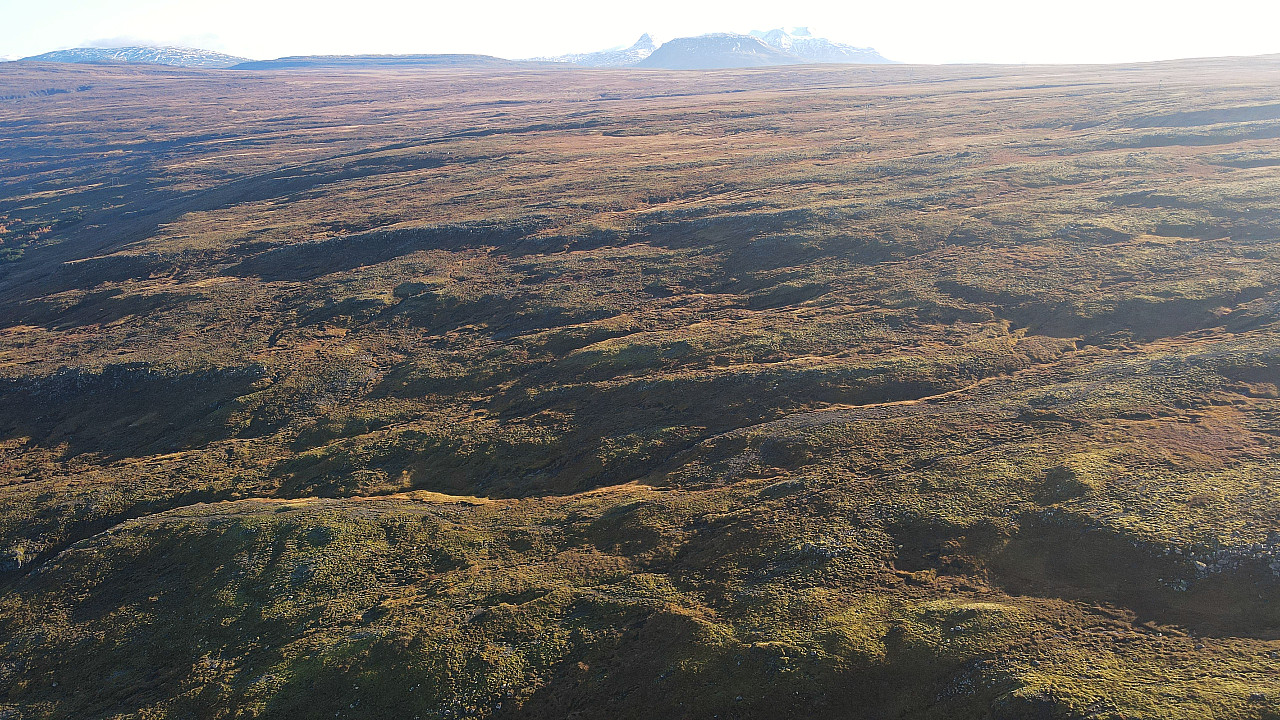Mossy Earth a new supporter of forestry in Iceland
02.11.2021

Standing in an old-growth birch forest in Skorradalur Valley are from the left: Hannah Kirkland from Mossy Earth, Valdimar Reynisson forst consultant and Jón Auðunn Bogason manager of National Forests in West Iceland. Photo Þröstur Eysteinsson
A representative of the British non-profit organization Mossy Earth was in Iceland the other day to study the protection and reclamation of Icelandic birch forests. Subsequently, an agreement was signed with Skógræktin for the first project funded by Mossy Earth in Iceland, the planting of 50,000 birch plants at Bakkakotsháls in Skorradalur Valley in the spring of 2022.
On Tuesday, October 19, there was a considerable gale in the country, but still bright in the Southwest. On that day, several employees of the Forestry Service received Hannah Kirkland, an ecologist at the Scottish company Mossy Earth. Mossy Earth's main goal is to restore wild ecosystems, promote wildlife and biodiversity, and help combat climate change. Their projects are funded with the involvement of individuals and companies. You can read more about it on their website: https://mossy.earth/
Hannah had come here to have a look at Icelandic birch forests under natural conditions and possible areas for the restoration of such birch forests. We went to Skorradalur Valley, where the forest Vatnshornsskógur was examined and went up to Bakkakotsháls. Then Haukadalur was visited and Haukadalsheiði Heath was examined in a wind so strong that dust blew from the erosion scarps even though they were wet.
Discussions have been underway between Mossy Earth and Skógræktin about a collaborative project since last winter. Both parties have been getting familiar with each other's goals and what the possibilities are for collaboration. It turned out that the Forest Service´s statutory goals of protecting and restoring birch forests, enhancing biodiversity and working on climate change were in line with Mossy Earth's policy. Then we just had to find a place to start working.

The day after the visit, a signed agreement was recieved for the planting of 50,000 birch seedlings in an area of about 30 hectares at Bakkakotsháls next spring. Hopefully just the first project of many with Mossy Earth.
Text: Þröstur Eysteinsson
Editing: Pétur Halldórsson
